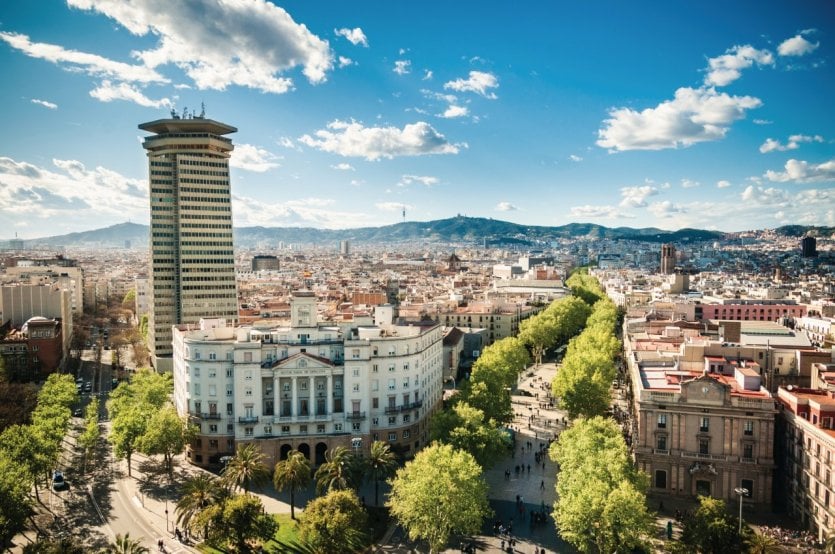
The cosmopolitan capital of the Catalan region, Barcelona continues to attract visitors from all over the world, who come to enjoy its architecture and special atmosphere. From district to district, you can walk through its narrow streets and take the time to stop in front of its emblematic monuments, enter its museums, relax in its parks or sit at a table to enjoy its gastronomy. The city is also ideally situated on the Mediterranean coast, and people do not hesitate to head for its beaches to enjoy the mild weather in winter and the joys of the sea in summer. In Barcelona you are not bored, you have fun, you learn and you only have one desire: to come back soon!
The Sagrada Familia, an amazing basilica
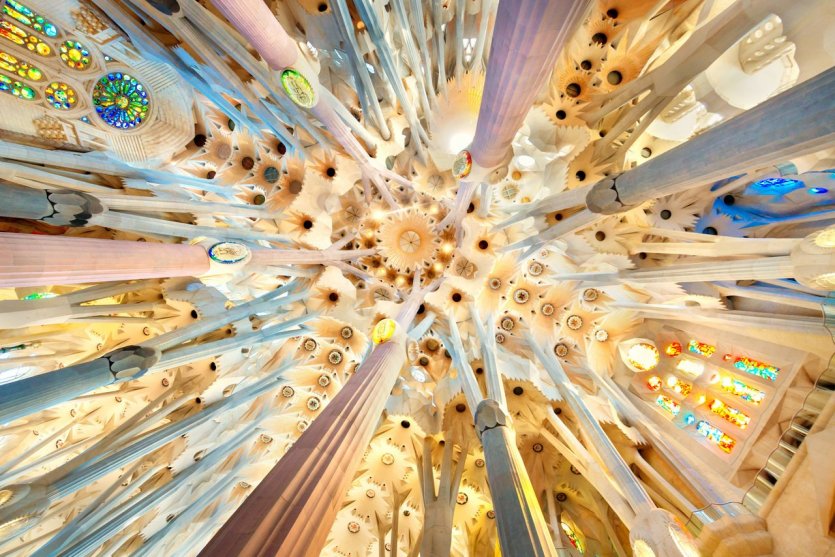
Although this emblematic monument of Barcelona is still under construction, it is worth noting that its construction began in 1882 and that the Sagrada Familia is the work of the famous architect Gaudí. This is his most ambitious project in the Catalan capital. Its facade is absolutely superb. It combines the Gothic and Art Nouveau styles, and to say the least, it is unlike any other place of worship in the world. At once extravagant, rich in symbols, solemn, you must not fail to scrutinize it in every detail, enter inside, and even climb its towers to enjoy a beautiful panorama of the city.
Spending time at the Joan Miró Foundation
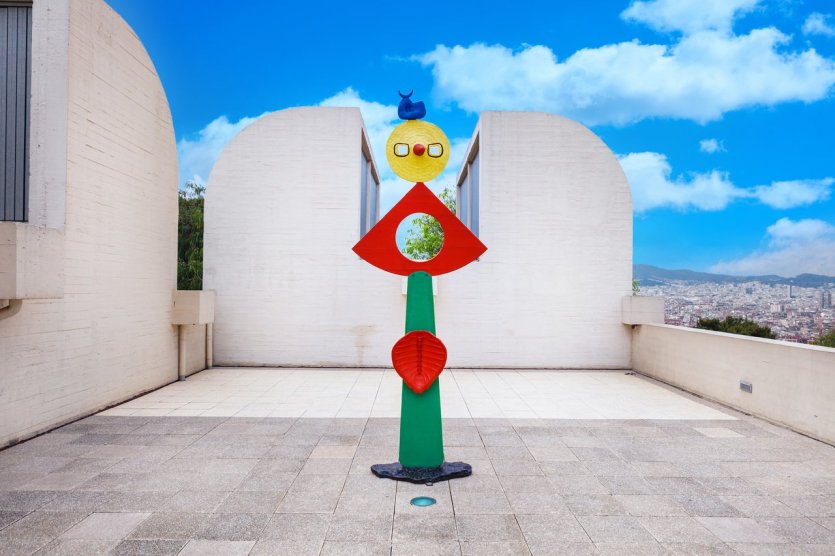
This exceptional cultural site is perched on the Montjuïc Park and was founded in 1968 by the Catalan artist Joan Miró, whose work is renowned throughout the world. He decided to create the foundation in order to make his art as accessible as possible to the public. A great number of his works can be found here, from his early surrealist paintings to other creations inspired by Dadaism. This rich collection is a gift from the artist. In this monument to modern architecture, set amidst lush green gardens, exhibitions highlighting other artists are also held throughout the year
The Güell Park, an incomparable stroll
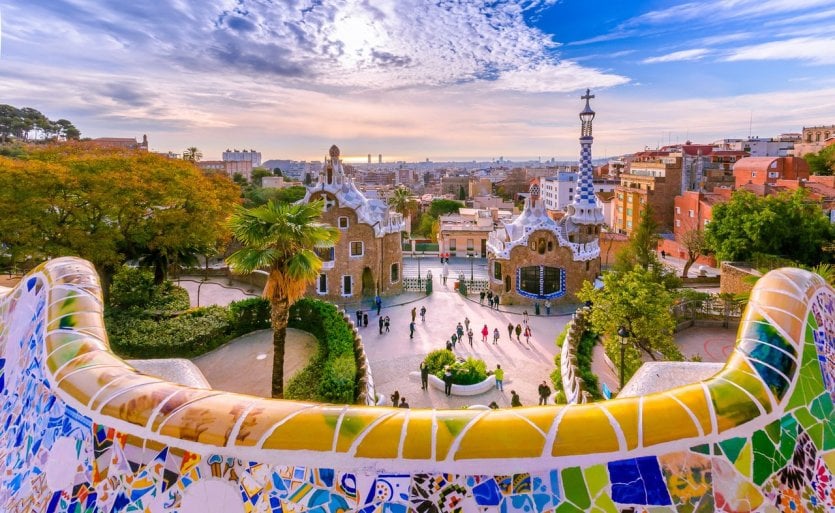
To escape the hustle and bustle of the city for a few moments, what could be better than to go to Parc Güell, another emblematic place in Barcelona. It is also the work of Gaudí and the alleys, houses and fountains guarded by giant lizards give the impression of being in total harmony with nature and the hills of Collserola in the background. Among the eye-catching features of the walk are the salamander-shaped fountain and the mosaic-covered bench, simply the largest in the world. The park is another fine example of the architect's attachment to Art Nouveau and from the heights of this place full of surprises, a breathtaking view of Barcelona awaits visitors.
La Casa Batlló, a masterpiece of Modernism
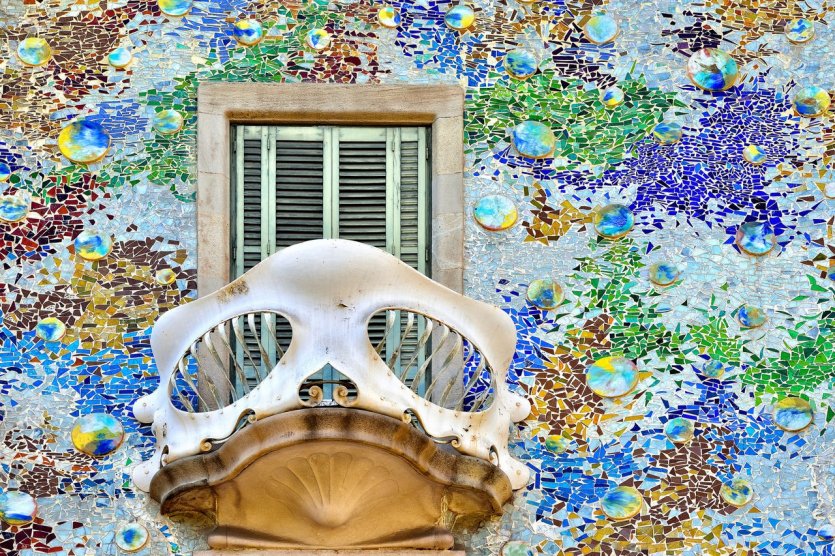
Built at the beginning of the 20th century, Casa Batlló is one of the most beautiful works by Gaudí to be seen in the heart of Barcelona. You have to let yourself be surprised by its undulating facade inspired by the world of the sea. It reflects the artist's dreamlike quality and the details are infinitely subtle. Once inside, we have the opportunity to visit the noble floor where the Batlló family lived, the attic, the splendid interior courtyard and the unmistakable terrace where the different mosaic elements and tiles evoke a dragon. This monument is so astonishing and reveals a modernity so advanced for its time that it surprised many, including the great artist Salvador Dalí
A walk on the Rambla
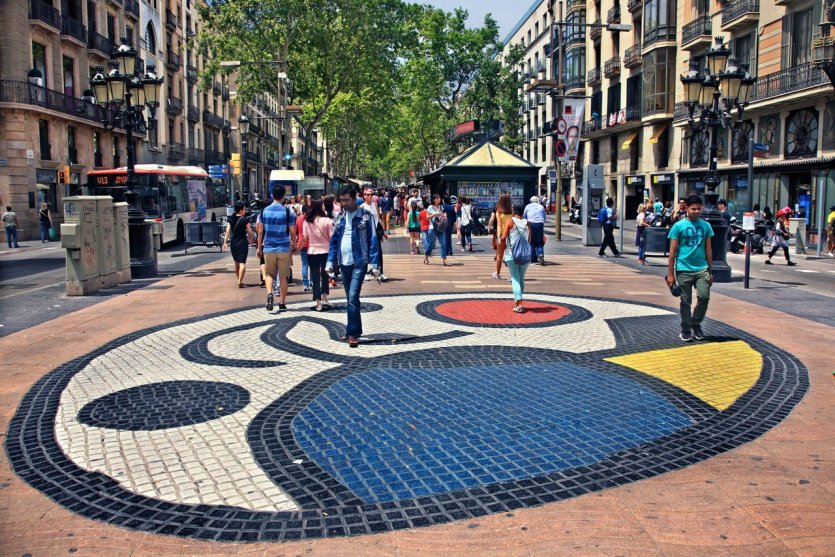
This avenue is the best known in Barcelona. A pedestrian boulevard that stretches from Plaça Catalunya to Port Vell and offers a pleasant evening stroll right after dinner. Street artists do not hesitate to perform there, and you can also enter the shops for a shopping session and leave with a bag full of souvenirs. Visitors also like to stop here in the morning to have breakfast on a terrace in the shade of the trees. In short, there is always something to do on the Rambla, at all hours of the day, and it would be a shame to miss this place, which is certainly very busy, but with a lively atmosphere.
A visit to the hospital of Sant Pau
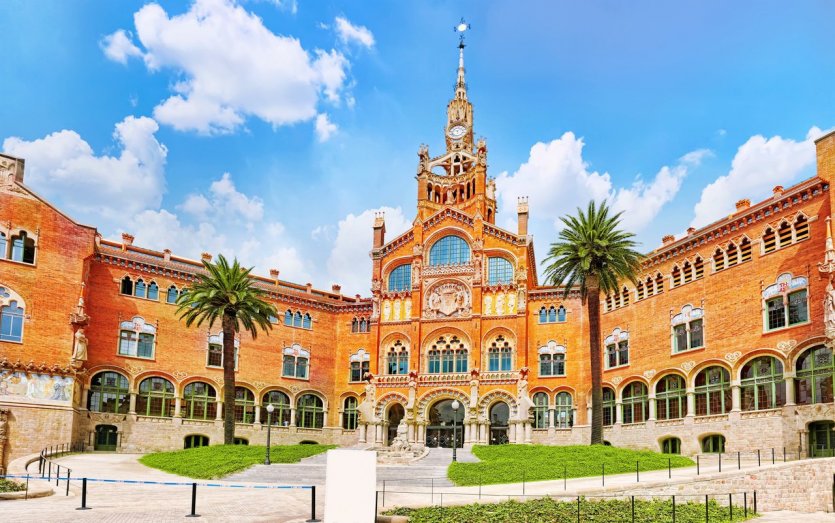
The Hospital de Sant Pau was designed at the very beginning of the 20th century by the Catalan architect Lluís Domènech i Montaner. Although its hospital function moved to new premises between 2003 and 2009, the site is now accessible to visitors, who can enjoy all the splendours of this Art Nouveau complex. The historic buildings have been brilliantly renovated and serve as a home for various associations and organizations such as the United Nations University Institute on Globalization or the Asia House. Although the complex is less famous than other symbolic monuments of Catalan Modernism, it is nevertheless the largest Modernist architectural complex in Europe and the exterior, the interior, its garden and fountains are undoubtedly worth a visit
A show at the Catalan Music Palace

Too often forgotten by tourists, the Palace of Catalan Music is another work of the architect Lluís Domènech i Montaner and is also a UNESCO World Heritage Site. Another masterpiece of Modernism, its exterior and interior architecture is flamboyant. The best way to enjoy this luxurious palace is still to attend a show, whose hall has been designed to ensure that the sound broadcast is of excellent quality. So don't hesitate to consult the program to see the choice of classical music, jazz or flamenco.
Casa Milà and its balconies
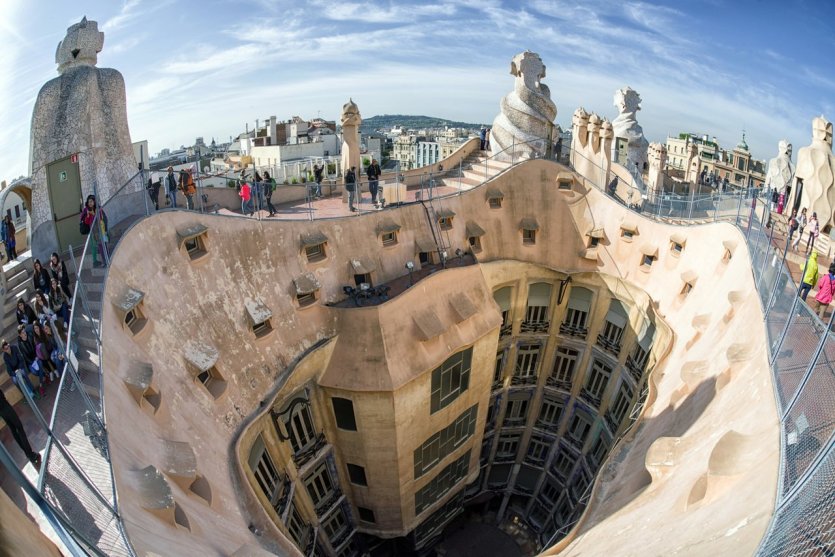
On reaching the Passeig de Gràcia in the Eixample district, it is hard not to be struck by the wave-shaped sculpted façade of Casa Milà. It is also the work of the architect Antoni Gaudí. Its balconies are astonishing, with wrought iron compositions reminiscent of leaves or seaweed. At the end of its construction, the one also known as La Pedrera did not please the inhabitants who found it too "counter-current". Today it is an unmistakable monument in the city, a symbol of Gaudí's desire to always surprise and innovate. One of the most striking features of the building is its roof, where human-shaped chimneys have been built. They are reminiscent of warrior masks and are covered here and there with fragments of ceramic or crushed glass
The Gothic Quarter, the oldest part of the city
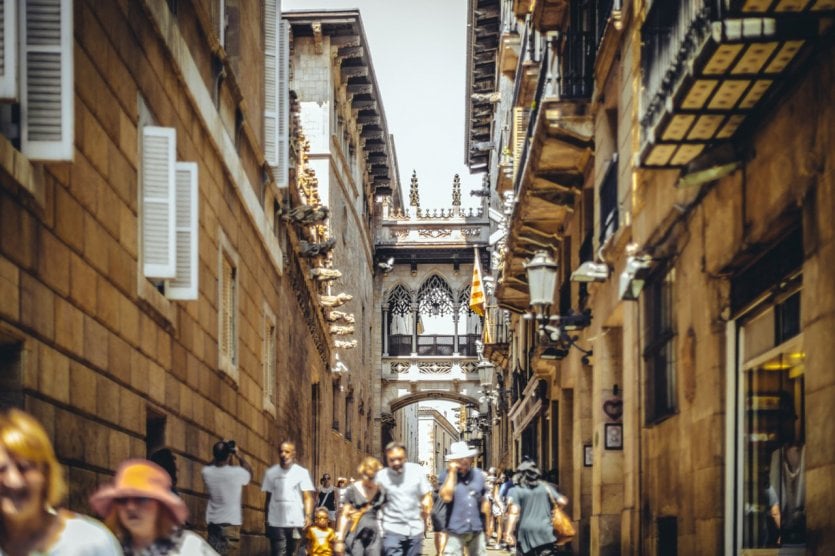
This not-to-be-missed area is worth a visit first, as it is the oldest part of the city. In this medieval centre, you must first go to the foot of the cathedral of Sainte-Eulalie before getting lost in the maze of winding streets around it. We stop in the most beautiful squares to have a coffee and contemplate the architecture of the buildings, such as Plaça Reial or Plaça del Pi. Apart from the monuments and the journey to distant times caused by a stroll, the Barri Gòtic in Catalan is also a popular place for shopping. It is home to some of the best shops in Barcelona, with the latest in ready-to-wear and decoration. Antique lovers can go to the Mercat Gòtic on Sunday morning to find the best bargains
A gastronomic moment at the market of La Boqueria
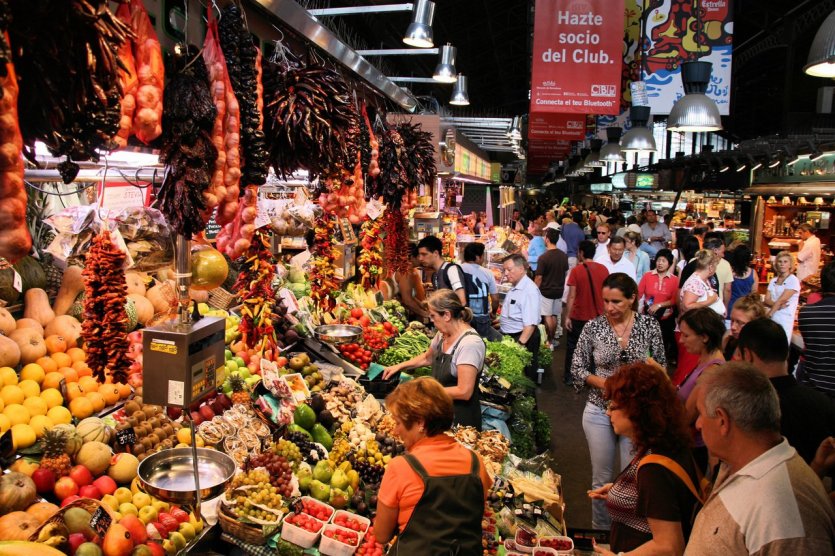
If there's one place that gourmets can't miss in Barcelona, it's the market of La Boqueria. With thousands of visitors a day, the seemingly endless aisles are used to find cheese, fruit, seafood, cold cuts and a wide range of regional products. This market, which is one of the largest in Europe, has a long history and some stalls belong to the third or fourth generation of sellers! The market in La Boqueria is a must, to admire the different colours, the wide variety of food or simply to stop at the stalls that offer tastings of local products on the spot.


